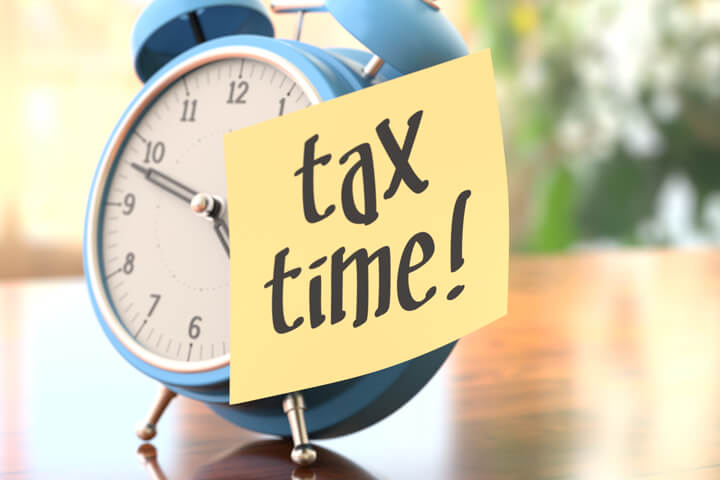Knowing when to tick the tax-free threshold on your employee forms might seem simple, but it’s crucial. It’s possible that you’ll have a tax debt at the end of the year if you check the wrong box.
What is the tax-free threshold?
The tax-free threshold is the maximum amount of money that the government has said will be exempt from taxation. If you earn less than the tax-free threshold, you will not be taxed on it. The tax-free threshold for 2017/2018 was $18,200.
Because you will have to pay taxes on your entire yearly earnings, which are higher than the tax-free threshold if you make more money than that amount. After you’ve reached this level, your income becomes taxable. The tax-free threshold still applies, but every $1 earned over it is subject to taxation. For example, if you make $35,000 per year and are in the first tax bracket, you’ll be taxed on $16,800 or 19% of your total yearly earnings above the threshold.

How do I claim the Tax-Free Threshold?
When you start a new job, your new employer gives you a form called “Tax File Number Declaration” that contains the Tax File Number (TFN). You will be asked question 8 on this form, which reads as follows: “Do you want to claim the tax-free threshold from this payer?”. This is where you choose Yes or No. If you apply for Centrelink benefits, you must also complete this form.
So, Should I Automatically Tick The “Yes” box?
The short answer is that you would not simply select “Yes.” However, in most situations, you would be choosing “Yes” to the tax-free threshold question. If you’re only going to receive one taxable income from a single employer, you’ll pick ‘Yes.’ This is because you’ll want to claim the tax-free threshold. Essentially, if you have only one employer, you will choose ‘Yes.’

What If I Have Two Jobs?
When this is the case, you will most likely need to tick the no box – at least for one of your employers. If you agree to both jobs, you’ll end up owing too little tax. As a consequence, when you do your tax return, you will most likely receive a tax demand. This is due to the fact that not enough tax has been levied against you. You would pick the highest-paying position as your tax-free threshold payer if you have two jobs and receive taxable income from both of them.
If you file a joint tax return and report your combined taxable income, the IRS will consider this income reported on both jobs when calculating your federal taxes. For example, if you are employed by Employer A earning $30,000 per year and Employer B paying you $25,000 each year, your taxable income is $55,000. In this scenario, you should choose employer A as your tax-free threshold because it is the higher-paying of the two companies.
If your taxable income is lower than the tax-free threshold, or you earn less than the financial year, you will most likely get a tax refund.
